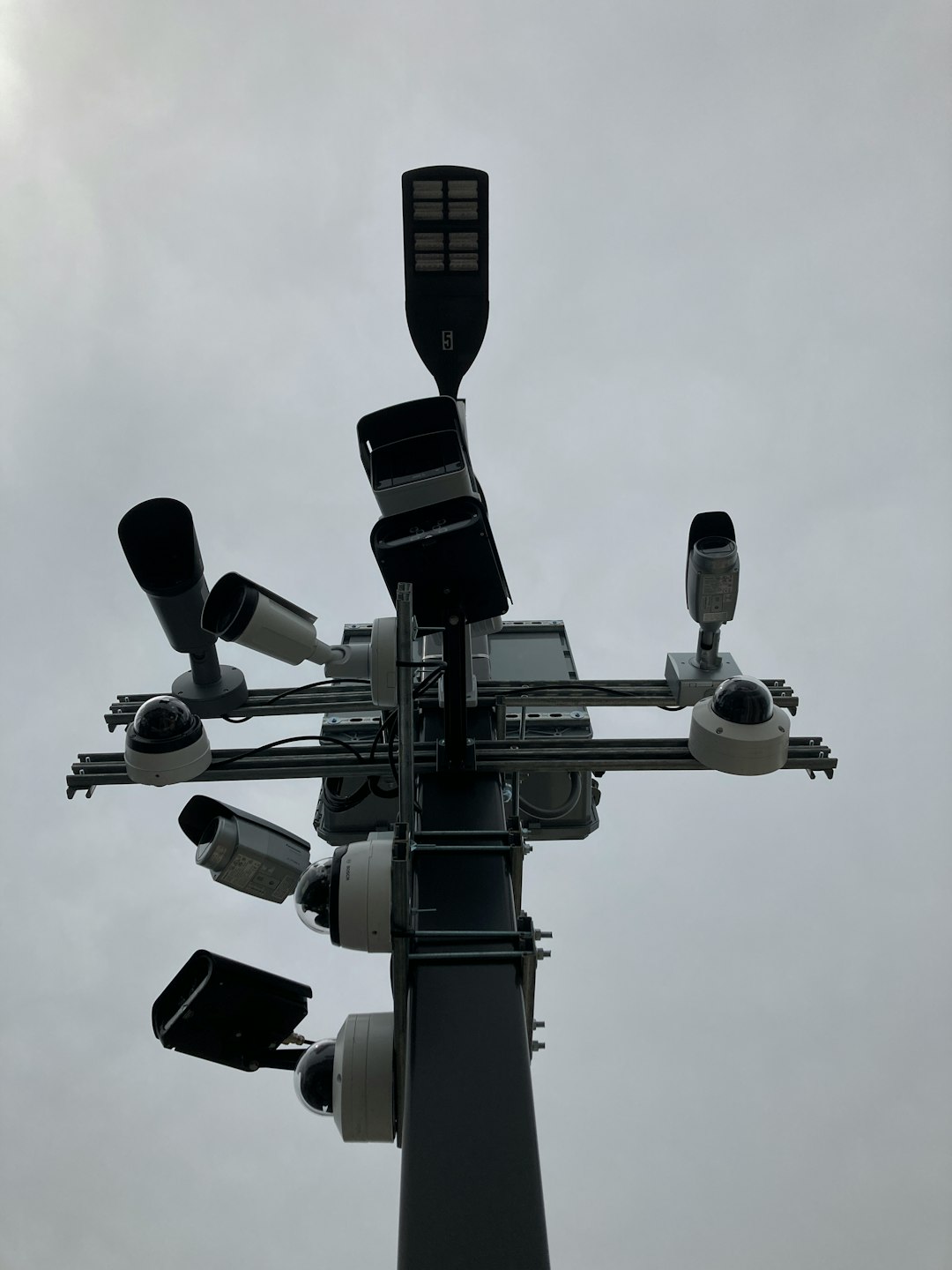Implementation
DC arc detection is typically integrated into PV inverters or implemented as standalone arc-fault circuit interrupters (AFCIs). These systems use sensors to monitor current or voltage and employ algorithms to detect arc-specific patterns. Upon detection, the system opens a switch to interrupt the circuit, stopping the arc. Advanced implementations may use:
- Combiner Boxes: These can include string-level AFCI to narrow down fault locations (Mike Holt Forum).
- AI-Based Systems: These systems, often located at the PV-end, inverter, or cloud layer, use machine learning for enhanced accuracy (ScienceDirect).
- Testing Equipment: Tools like megohm meters or string testers can help locate arcs in existing systems (Wattscore).

Industry Standards and Implementation: The UL 1699B standard mandates arc detection for PV systems with DC voltages between 80 V and 1000 V. It requires systems to detect arcs, shut down within 2 seconds, provide visual or audible alerts, and include self-test capabilities. Detection is often integrated into PV inverters or implemented as standalone devices using sensors and advanced algorithms.

References
- Mike Holt Forum: DC arc fault detection tool
- ScienceDirect: A DC arc detection method for PV systems
- Wattscore: Arc Fault in Solar Systems